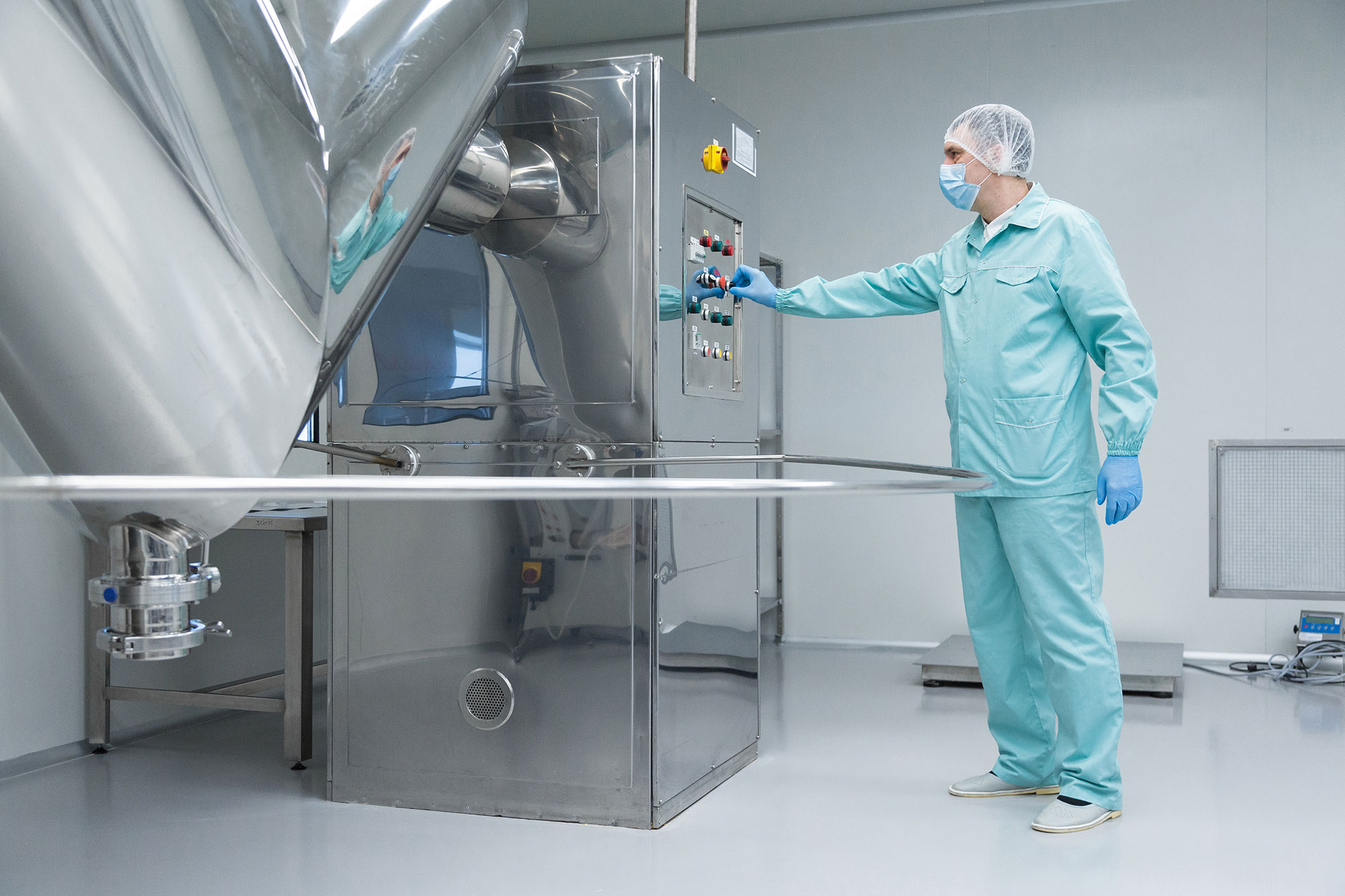Sterilization machine
is a critical device used in various industries—particularly healthcare, pharmaceuticals, and laboratories—to eliminate or deactivate all forms of microbial life, including bacteria, viruses, fungi, and spores, from equipment and surfaces. Sterilization ensures that instruments and materials are free from any potentially harmful microorganisms, thus preventing infections, contamination, and the spread of diseases. There are several types of sterilization machines, each utilizing different methods to achieve sterility. Below is an overview of some of the most common types of sterilization machines and their mechanisms:
1. Autoclaves (Steam Sterilizers)
Autoclaves are among the most widely used sterilization machines in healthcare and laboratory settings. They use high-pressure saturated steam at temperatures ranging from 121°C to 134°C to sterilize instruments and other heat-resistant materials. The steam penetrates the items being sterilized, causing the proteins in microorganisms to coagulate and denature, effectively killing them. Autoclaves are commonly used to sterilize surgical instruments, laboratory glassware, and medical waste.
– Advantages: Highly effective, fast, environmentally friendly.
– Disadvantages: Not suitable for heat-sensitive materials.
2. Ethylene Oxide (EtO) Sterilizers
Ethylene oxide sterilization is a low-temperature process commonly used for heat-sensitive medical devices and instruments, such as plastics and electronics. EtO gas penetrates the surfaces of items and disrupts the DNA of microorganisms, preventing them from reproducing. This method is effective against a wide range of microbes but requires careful handling due to the toxicity and flammability of the gas.
– Advantages: Suitable for delicate materials, high penetration power.
– Disadvantages: Long processing time, potential health hazards, requires proper ventilation.
3. Hydrogen Peroxide Plasma Sterilizers
Hydrogen peroxide plasma sterilization is another low-temperature method, ideal for sterilizing moisture- and heat-sensitive medical equipment. It uses hydrogen peroxide vapor and a plasma state to produce reactive species that destroy microorganisms. The process is quick, and the by-products are non-toxic, breaking down into water and oxygen.
– Advantages: Fast, environmentally safe, no toxic residue.
– Disadvantages: Limited penetration power compared to EtO.
4. Dry Heat Sterilizers
Dry heat sterilizers use high temperatures (160°C to 180°C) to destroy microorganisms through oxidation. This method is typically used for glassware, metal instruments, and powders that may be damaged by moisture or steam.
– Advantages: Simple and cost-effective.
– Disadvantages: Long exposure time, not suitable for heat-sensitive materials.
5. Ultraviolet (UV) Sterilizers
UV sterilization machines use ultraviolet light to deactivate microorganisms by damaging their DNA. This method is often used for surface sterilization and air purification rather than for sterilizing instruments.
– Advantages: Fast, chemical-free, ideal for air and surface disinfection.
– Disadvantages: Limited penetration; only effective on exposed surfaces.
6. Gamma Radiation Sterilizers
Gamma radiation sterilization is a method used primarily in industrial settings to sterilize large batches of disposable medical supplies, such as syringes, gloves, and catheters. The gamma rays penetrate deeply into the items, destroying microorganisms by breaking chemical bonds in their DNA.
– Advantages: Effective for large volumes, can penetrate deeply.
– Disadvantages: Requires special handling, high initial cost.
Key Considerations for Using Sterilization Machines
– Material Compatibility: The choice of sterilization method depends on the type of material being sterilized. Heat-sensitive materials require low-temperature sterilization methods like EtO or hydrogen peroxide plasma, while durable materials like glass and metal can withstand steam or dry heat sterilization.
– Sterilization Cycle: Each sterilization machine follows a specific cycle, which includes exposure time, temperature, and pressure (if applicable). Properly configuring the machine is essential for effective sterilization.
– Safety Protocols: Sterilization machines, especially those that use gases or radiation, require strict safety protocols to prevent harm to operators and ensure the environment remains safe.
Sterilization machines play a pivotal role in ensuring the safety and efficacy of medical procedures, pharmaceutical manufacturing, and research processes. The choice of sterilization method depends on the specific needs of the application, the nature of the materials, and the safety considerations involved.


